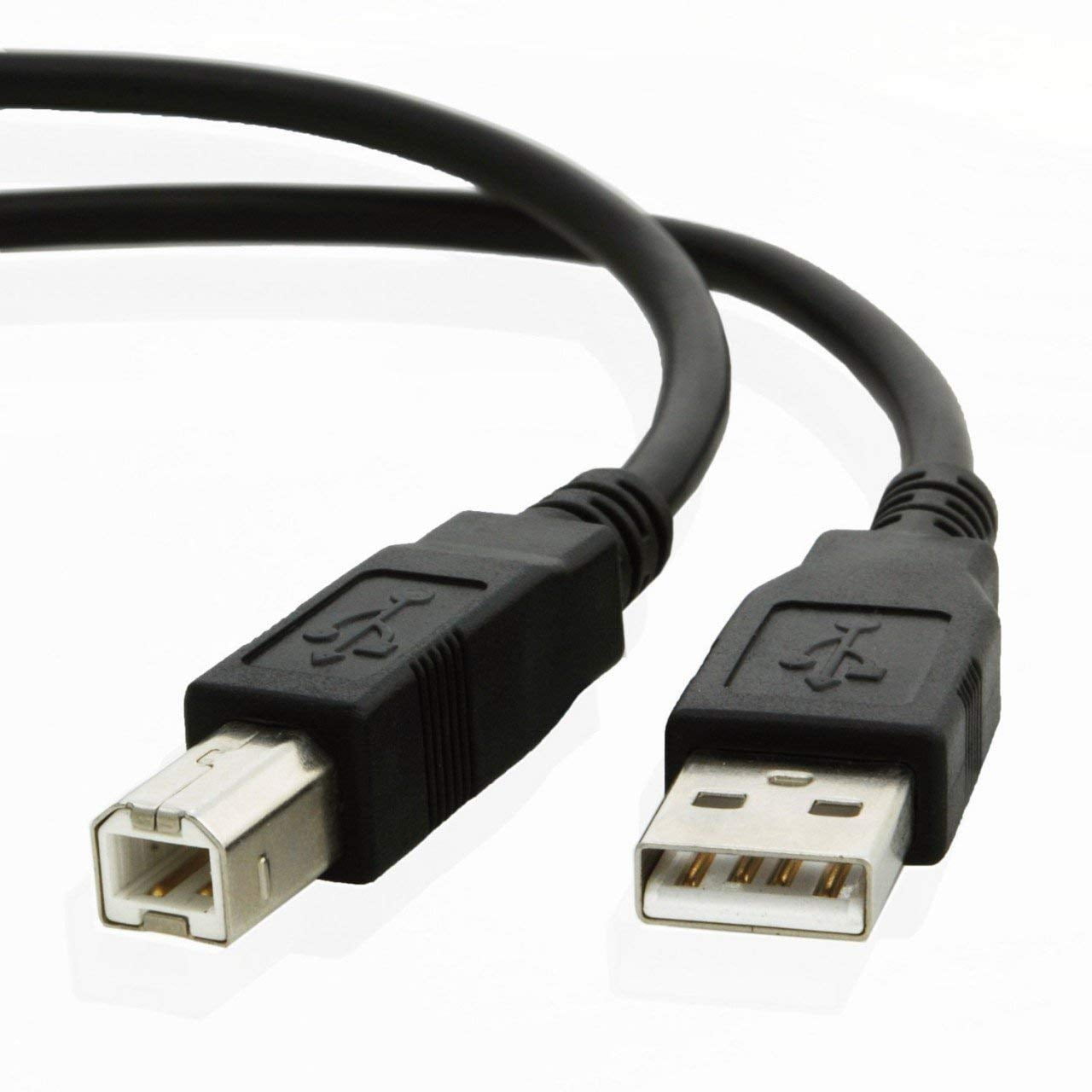

/usb-extension-cable-57c768dc3df78c71b6566b04.jpg)
This has led to the development of IP rated (Ingress Protection) USB connectors that enable robust protection against solid or liquid intrusion into devices used in harsh environments. But while the connectors themselves are standard, the enclosures in which they are used can be changed significantly for different applications. The individual types of USB connectors can only mate with their associated male or female connectors. Type AB – This connector allows both micro A and micro B plugs to connect to this single receptacle type, providing greater flexibility.Micro & Mini A&B – As the name implies, these are smaller form versions of Types A & B connectors that offer a physically smaller connection while maintaining high speed transfer rates of 480 Mbps and On-The-Go (OTG) features, allowing mobile devices and other peripherals to act as a USB host.Type C also supports USB4 as well as Thunderbolt, a hardware interface allowing the connection of peripherals to a computer with data transfer speeds up to 40 Gbps. It can carry USB 3.2 (previously 3.1 and 3.0), 2.0, and 1.1 signals and can transmit data at up to 20 Gbps with power delivery up to 100 W in either direction (expanded to 240 W with USB PD 3.1) and can support DisplayPort video and four channel audio. Type C – This is the newest USB interface, with a reversible symmetrical design that can be inserted with either side up and can be plugged into any USB-C device using either end of the cable.This connector type is still in use, but the micro version is more prevalent. It was developed to allow peripherals to be connected without the risk of connecting two host computers to each other. Like Type A, it is held in place by friction. This connector is square in shape, with slightly beveled corners on the top. Type B – The Type B connector is most often associated with USB computer peripheral devices.It provides 5 V dc power on one of the pins and is compatible with all types of USB protocols. The flat, rectangular shape is held in place by friction making for ease of insertion and removal. It is used to connect downstream peripherals to a host device. Type A – This is the original, most common USB connector, also called USB Standard A.There are several types or physical form factors of USB connectors that are available for use in a variety of applications. This increased speed and video resolution via a small and inexpensive interface has made USB connectors the dominant signal transfer technology in use around the world today.

Usb connector series#
The work of the USB-IF has led to a series of releases of the standard over the years with faster and faster specs. The USB standard has been guided and certified over the years by the USB Implementers Forum (USB-IF), which has more than 700 companies as members. The latest version is USB4, released in 2019 with transfer speeds up to 40 Gbps and is slowly being introduced into common usage. USB 3.2 has taken over the 3.1 and 3.0 standards and covers speeds up to 20 Gbps and is currently the most commonly available. Transfer speed was further increased with the release of USB 2.0 in the year 2000 at 480 Mbit per second, and USB 3.0 in 2008 at 4.8 gigabits per second (Gbps).
Usb connector serial#
Data transfer rates were slow, with parallel ports running at about 100 kilobytes (kB) per second and serial at 115 to 450 kilobits (kb) per second.ĭebuting early in 1996, after much work by a consortium of companies, the USB 1.0 specification could initially transfer data at 1.5 megabits (Mbit) per second at low speed and 12 Mbit per second at full speed. Prior to the development of the USB protocol, computers used both serial and parallel ports to accomplish data transfer, with individual devices employing various proprietary plugs, connectors, cables, expansion cards, and the necessary drivers. A “serial” bus, in this case, transmits data one bit at a time over a single wire.Ī USB connector, however, can not only carry data to and from components, but also electrical power, and can accommodate many different hardware devices, ranging from printers and keyboards to cell phones and flash drives. As a quick refresher, a “bus” is a circuit arrangement or communication system that is used to transfer data between components in a system. The term USB is short for Universal Serial Bus.


 0 kommentar(er)
0 kommentar(er)
